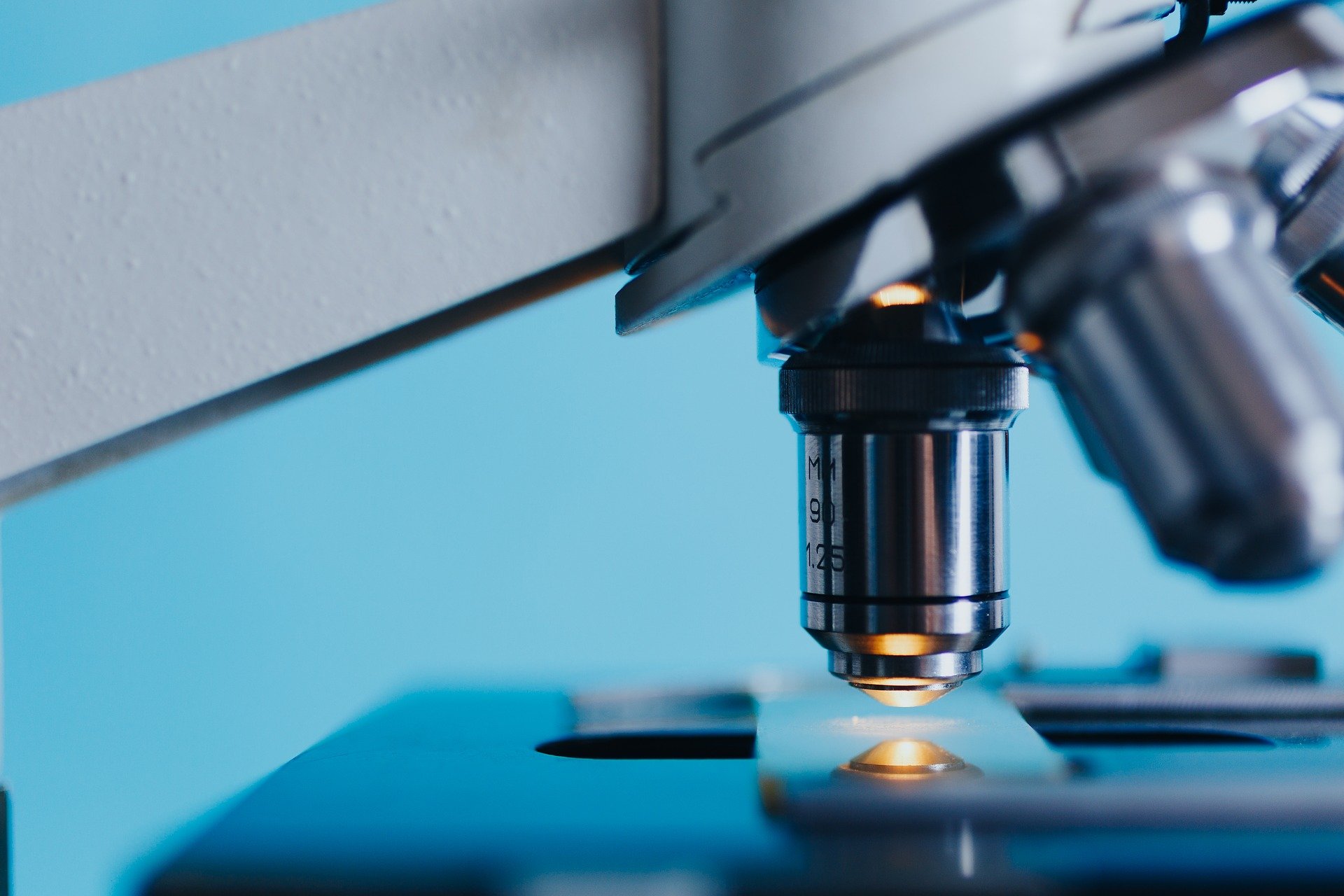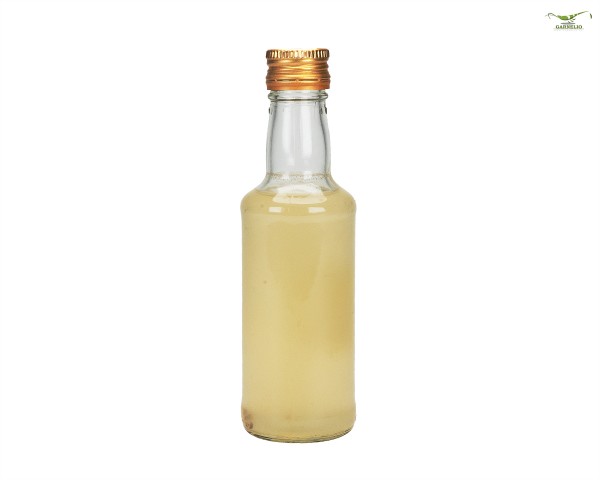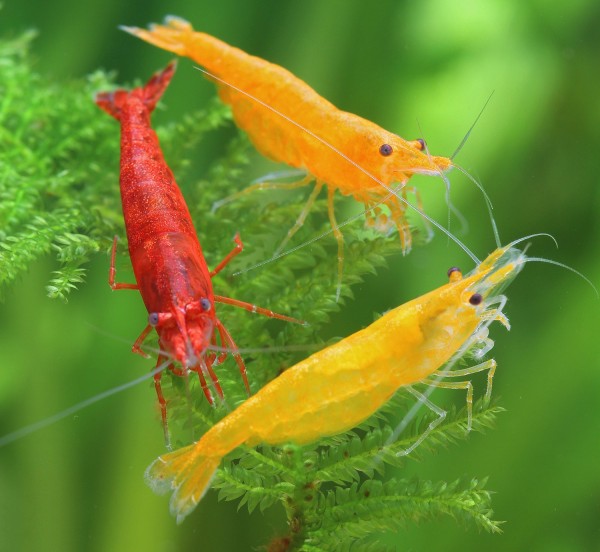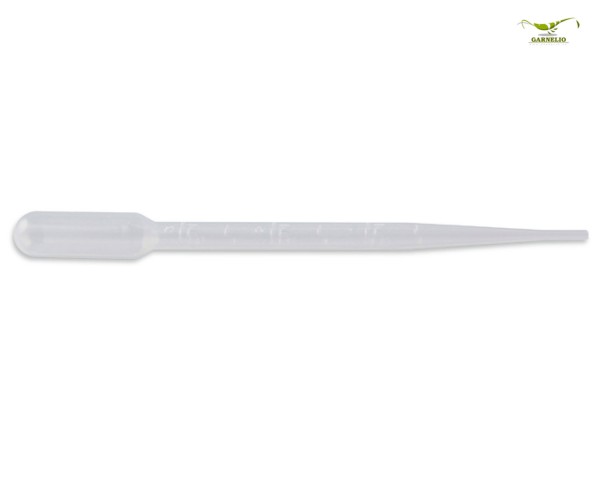Paramecia for rearing small fish larvae and for shrimps
Table of Contents
- Properties of paramecia
- What do paramecia eat?
- Reproduction of paramecia
- Who eats paramecia?
- Specific breeding of paramecia - culture with milk or cream
- Specific breeding of paramecia - culture with beet pulp
- Specific breeding of paramecia - culture with dry yeast or protogene
- Predators in the slipper animal approach
- Feeding slipper lizards - this is how it works
Paramecia of the genus Paramecium are so named because their shape under the microscope is very reminiscent of the imprint of a primitive slipper. Paramecium are among the very few unicellular organisms that can be seen with the naked (sharp) eye - paramecia are visible as tiny whitish dots floating in water. There are about 40 species of paramecia in freshwater, but they all look more or less similar and also have comparable characteristics. Fun fact: In 2007, the German Society for Protozoology named the paramecium the first protozoan of the year!

Properties of paramecia
Paramecia belong to the ciliates, i.e. to the ciliates. Their entire surface is covered with cilia, or eyelashes, which the paramecium uses to swirl food around and also to help it move around. Paramecia are amazingly agile and can squeeze through very small crevices and gaps - this will be interesting for us later.
By the way, paramecia do not form permanent stages or cysts.
What do paramecia eat?
Paramecia feed mainly on bacteria and sometimes also on other unicellular microorganisms, such as unicellular fungi like yeasts and also unicellular algae.
Reproduction of paramecia
Paramecia are single-celled organisms. As a rule, paramecia reproduce asexually by cell division - in the process, the paramecium splits once across. The individual parts grow into complete animals, which can then divide again. If the conditions (food supply, temperature, etc.) are favorable, paramecia can divide again every three to four hours, which means at the same time that they grow really rapidly if everything fits.
Given certain environmental stimuli, paramecium can also reproduce sexually, but this is much less effective than asexual reproduction by division - asexual reproduction by transverse division is therefore clearly preferred by the paramecium. In sexual reproduction, two paramecia exchange genetic information in the form of their nuclei and then subsequently divide. However, the paramecia often die during this process.
Who eats paramecia?
Paramecia are excellent fish feeders and are especially eaten by nano fish such as guinea fowl, cross-striped dwarf parrotfish, small rasboras, mosquito parrotfish and other Boraras species. For rearing small fish larvae that cannot yet handle Artemia nauplii, slipper lizards are a very good and substantial initial food.
Shrimp and filter-feeding snails also readily grab at the protozoa, as do mussels.
Slipper lizards are also frequently preyed upon by other predatory protozoa such as amoebae, sunfish, predatory rotifers and the like. These microbes are therefore not welcome in slipper animal culture.
Specific cultivation of paramecium - culture with milk or cream
Paramecium are very easy to culture - it is best to get a batch that is already running. This preparation of paramecium is then put into a container that holds about half a liter or more of water - a jar, a small aquarium, a vase, ... the water values do not matter.
The mixture is then fed with a drop of milk or cream. The milk causes bacteria to multiply in the water, which in turn are eaten by the paramecia. When the water is clear, it is fed again.
As the number of paramecia increases, the protozoa can be seen as streaks or clouds in the water; those with particularly good eyes can see the individual animals as tiny white dots in the water.
The feeding intervals now become shorter and shorter because the number of bacteria increases - as does the number of paramecia.
Targeted breeding of paramecia - culture with beet pulp
Another possibility besides the milk approach is an approach with beet pulp. For this purpose, approximately 5 to 10 mm large dried cubes or correspondingly large cuttings of kohlrabi, fodder beets, rutabagas or similar are used. The cubes can be easily dried in the oven at about 50 °C. Caution: As with the milk preparation, overdosing leads to oxygen starvation and the death of the slipper animals!
After about two weeks, put in a new cube. The nutrients in the beet shavings ensure that the bacteria in the water multiply well and thus provide a good food basis for the slipper animals.

Targeted breeding of paramecia - feeding with dry yeast or protogene
Instead of milk, you can also feed the slipper lizards directly with dry yeast or with Protogen from the market. For this purpose, a few crumbs of dry yeast are suspended in water and added to the batch of slipper lizards. Again, feed only when the water is almost clear again. This is especially important in the beginning, so that the slipper animal batch does not tip over and become oxygen-deficient.
Specific breeding of paramecia - hay infusion
A hay infusion also contains all kinds of nutrients that support the bacteria in their reproduction, but untreated hay also brings unwelcome predators such as rotifers or amoebae into the preparation, which are only too happy to help themselves to the coveted slipper lice and thus eat away the food of our young fish. It is therefore better to boil the hay, straw or grass for a good 10 minutes to eliminate all stowaways. To half a liter of water, add about a finger-length and finger-thick bundle of boiled grass, straw or hay. Here the number of paramecia regularly explodes, but new hay must be added relatively quickly, because the nutrients are consumed particularly quickly.
If you want to "harvest" a lot of paramecia quickly, a hay infusion with boiled hay is very good.
Predators in the slipper animal approach
Paramecia are eaten by various other predatory microorganisms such as amoebae, rotifers or sunfish - if these beasts (euplotes, for example) are introduced, the batch will soon collapse. Also, mass reproduction of some predatory protozoa can lead to oxygen starvation, which will kill the remaining paramecium in any case. The predators are again not a very good initial fish food - otherwise it would almost not matter ...
The only thing that helps here is to throw everything away and boil it and start a new batch. However, if you have a microscope, you can sort out ciliate after ciliate and start anew with a very small amount of reliably identified paramecia.
It is always worthwhile to have several preparations of paramecia running - if one tips over or you do get predators, the fish larvae still don't have to go without their food.

Feeding slipper lizards - this is how it works
Slipper lizards live in a bacterial plague, we don't need to fool ourselves about that. Now not everyone wants these bacteria in the rearing tank with the valuable fish larvae ... so how do you get a batch of slipper lizards as "clean" as possible into the rearing aquarium?
As we have already discussed above, paramecia are incredibly slippery and get through the smallest gaps. Sifting out with an appropriate sieve works rather semi even with the finest mesh size.
On the other hand, we can use exactly this property to separate the paramecia: If we fill a part of the well running batch into a small bottle with a long neck (e.g. a grappa bottle), the paramecia will actively migrate upwards into the neck as soon as the water at the bottom of the bottle becomes deoxygenated (which it will become by itself over time, since the long narrow neck of the bottle means that almost no gas exchange can take place).

If you want to speed up the process, plug the neck of the bottle with a cotton plug and top it up with some fresh water. The agile, flexible paramecia migrate up through the absorbent cotton and concentrate in the fresh water.
Now you can remove the relatively purely concentrated paramecia with a pipette and feed them conveniently and, above all, with relatively little risk to the juvenile fish or nanofish in the aquarium and to the fish larvae in the rearing aquarium.
